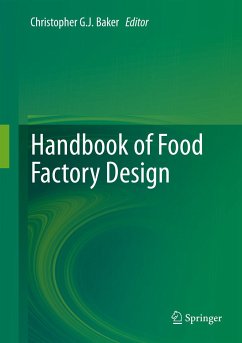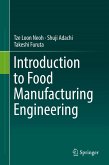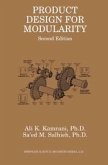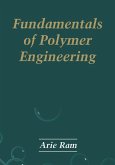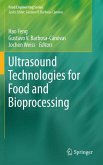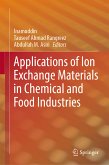Food manufacturing has evolved over the centuries from kitchen industries to modern, sophisticated production operations. A typical food factory includes the food processing and packaging lines, the buildings and exterior landscaping, and the utility-supply and waste-treatment facilities. As a single individual is unlikely to possess all the necessary skills required to facilitate the design, the task will undoubtedly be undertaken by an interdisciplinary team employing a holistic approach based on a knowledge of the natural and biological sciences, most engineering disciplines, and relevant legislation. In addition, every successful project requires a competent project manager to ensure that all tasks are completed on time and within budget.
This Handbook attempts to compress comprehensive, up-to-date coverage of these areas into a single volume. The multi-disciplinary nature of the subject matter should facilitate more informed communication between individual specialists on the team. It should also provide useful background information on food factory design for a wider range of professionals with a more peripheral interest in the subject: for example, process plant suppliers, contractors, HSE specialists, retailers, consultants, and financial institutions. Finally, it is hoped that it will also prove to be a valuable reference for students and instructors in the areas of food technology, chemical engineering, and mechanical engineering, in particular.
Christopher G. J. Baker is a Chartered Chemical Engineer whose interests range from food process design to industrial drying. He worked in the UK food industry for several years before moving to the Middle East, where he was Professor of Chemical Engineering at Kuwait University. He recently returned to the UK and is currently involved in a number of consultancy assignments.
This Handbook attempts to compress comprehensive, up-to-date coverage of these areas into a single volume. The multi-disciplinary nature of the subject matter should facilitate more informed communication between individual specialists on the team. It should also provide useful background information on food factory design for a wider range of professionals with a more peripheral interest in the subject: for example, process plant suppliers, contractors, HSE specialists, retailers, consultants, and financial institutions. Finally, it is hoped that it will also prove to be a valuable reference for students and instructors in the areas of food technology, chemical engineering, and mechanical engineering, in particular.
Christopher G. J. Baker is a Chartered Chemical Engineer whose interests range from food process design to industrial drying. He worked in the UK food industry for several years before moving to the Middle East, where he was Professor of Chemical Engineering at Kuwait University. He recently returned to the UK and is currently involved in a number of consultancy assignments.
Dieser Download kann aus rechtlichen Gründen nur mit Rechnungsadresse in A, B, BG, CY, CZ, D, DK, EW, E, FIN, F, GR, HR, H, IRL, I, LT, L, LR, M, NL, PL, P, R, S, SLO, SK ausgeliefert werden.

